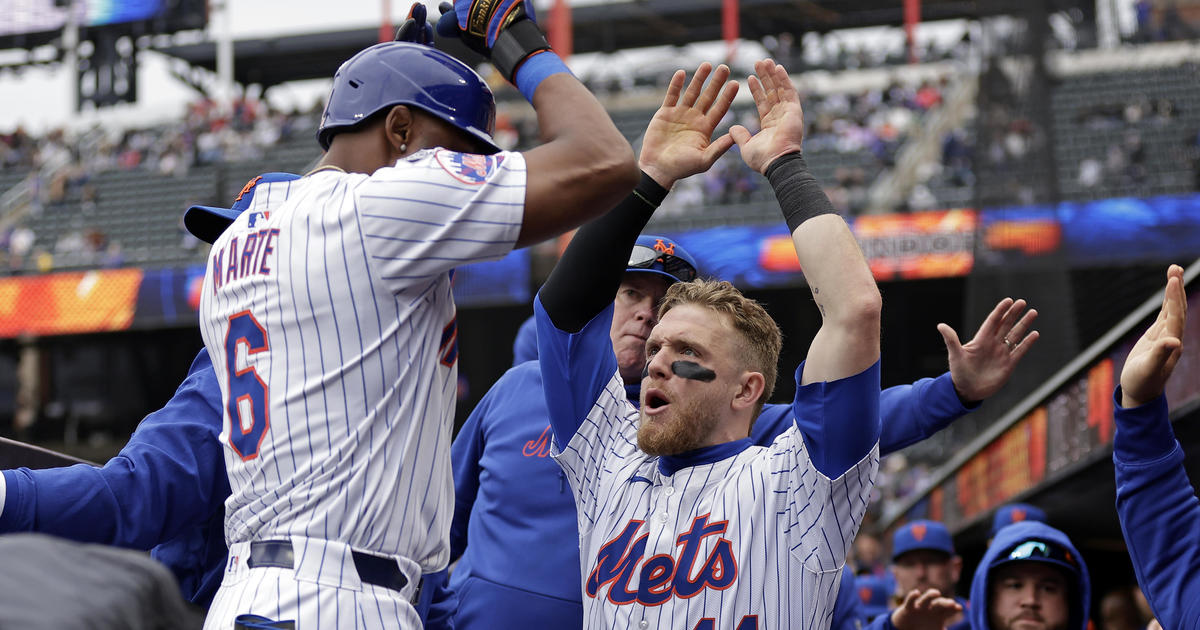By The Numbers: Taking A Swing At 'Moneyball'
By Father Gabe Costa
» More Columns
Mr. Jonathan Lee is our guest blogger this week. Like the previous two bloggers, Jonathan is currently taking a course on sabermetrics. I think you'll enjoy this piece on Moneyball.
Jonathan Lee: In Michael Lewis' bestseller, Moneyball, Oakland A's general manager Billy Beane is heralded for using sabermetrics and statistical analysis to put a team on the field that was both affordable and won ballgames. Among the most intriguing moves described in the book is Beane's replacement of stars Jason Giambi and Johnny Damon with the aging David Justice and little known catcher, Scott Hatteberg. Despite the loss of two of the team's best players, Oakland went on to win 103 games in 2002, to include a 20 game win streak. With such stunning results, one is forced to ask just how effective were Beane's actions. That is, were his moves as a GM directly responsible for the success of the team on the field?
Among the key players that Oakland lost to free agency, as stated above, were Damon and Giambi. As described in Moneyball, Beane also traded Jason's brother, Jeremy, for John Mabry in a fit of rage upon seeing his lack of disappointment after a loss to the Baltimore Orioles. Statistical analysis of these players will give insight as to the effectiveness of Beane's moves.
The first comparison I would like to make is that of slugger Jason Giambi with Scott Hatteberg. Hatteberg was an injury prone catcher who Beane chose to replace his star first baseman for the 2002 season. When one looks at on base percentage, which the book describes as the statistic Beane was most heavily concerned with, Giambi reached base 10.3% more than Hatteberg. While Hatteberg may not have compared to Giambi, his .374 OBP certainly contributed to the team's scoring. Further analysis of Hatteberg's run contribution to the team can be done using the runs created (RC) statistic – a measure developed by sabermetrician Bill James which is defined below. When one compares their runs created per at bat, Hatteberg averaged about half of the runs created that Giambi did the previous season (.159 to .313). Giambi, coming off of one of the best seasons of his career, clearly outproduced his replacement. Consistent with Beane's scrupulous general managing, however, Hatteberg played for less than one-fourth of the price.
Beane's replacement player for Damon, however, fared a bit better. In terms of runs created per at bat, Justice was better than Damon by .038 runs per at bat. Overall, however, Damon created 14 more runs than Justice the year before as Justice played fewer games due to his age. Justice' on base percentage was also 0.052 points higher than Damon's, which reflects Beane's interest in Justice in the first place. He arrived in Oakland after Beane worked out a deal in which the Yankees paid the majority of Justice' contract for Justice to play for Oakland. While Justice may have lost a step or two in the outfield, his bat was what Beane wanted in the lineup. With a .376 on base percentage in 2002, Justice performed as Beane had expected.
The final major trade that Beane made that season was the spur-of-the-moment trade of Jeremy Giambi for John Mabry of the Philadelphia Phillies. Beane was again heralded as a genius following this trade as, after May 22, the A's held a record of 83-34, among the best in history over such a stretch. Was Mabry actually that big of a spark plug for the Oakland offense? When one compares runs created per at bat, it shows that in Giambi's time with Oakland in 2002, he actually outperformed Mabry by 0.01 runs per at bat. While this is not a significant difference, at a minimum, the two players were comparable during their time in the Oakland lineup. Giambi also had a higher on base percentage, pacing .390 compared to Mabry's .322. Statistically, Giambi was better than Mabry. Perhaps it was the change in attitude sparked by the trade that led to Oakland's success down the stretch. With a winning percentage of over 70%, one thing was certain: during Mabry's time on the team, the team certainly knew how to win.
Statistically speaking, Billy Beane's replacement players on the 2002 Oakland A's performed worse as a group than the players they replaced. So what did cause the Oakland A's to win more games in 2002 despite the loss of two of their best hitters? The 2002 team scored fewer runs per game and had a higher ERA and WHIP, and yet somehow managed to win more games than the previous season. The only commonly referenced statistical improvement between 2002 and 2001 was one that Beane is said to have ignored – fielding percentage.
Perhaps fielding improvements could have contributed to the team's success or maybe the team was just fueled by luck. Even this seems unlikely as Hatteberg was regarded as an awful defensive first baseman and Beane simply didn't scout players for their defense.
Regardless, Beane's transactions don't quite seem to have the statistical impact one would expect. For a low budget team like Oakland, however, the moves seemed more than effective.
And most importantly, the team got the job done on the field.
where H = Hits, BB = Bases on Balls, CS = Caught Stealing, TB = Total Bases, SB = Stolen Bases and AB = At Bats.
| Year | Player | Salary | RC/AB | OBP |
| 2001 | Jason Giambi | $4,103,333 | .313 | .477 |
| 2001 | Johnny Damon | $7,100,000 | .117 | .324 |
| 2002 | Jeremy Giambi | $1,065,000 | .179 | .390 |
| 2002 | David Justice | $7,000,000 * | .155 | .376 |
| 2002 | Scott Hatteberg | $900,000 | .159 | .374 |
| 2002 | John Mabry | $0# | .167 | .322 |
*The New York Yankees paid half of Justice' Salary
#Mabry's salary was paid by Philadelphia, from where he was traded.
Your thoughts on "Moneyball" and Billy Beane? Sound off in the comments below...




